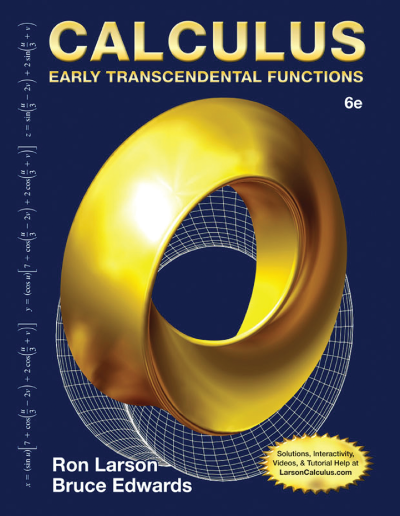Pierre de Fermat
(1601 – 1665)
Pierre de Fermat was a successful lawyer for whom study was a favorite pastime. He was a competent classical scholar and philologist, was fluent in five languages, and composed poetry. Despite these impressive accomplishments, however, it is as a mathematician that he is best remembered.
Fermat was born in 1601 in Beaumont-de-Lomagne, France. Little is known of his childhood, except that he was the son of a prosperous merchant and the beneficiary of a classical secondary education. In 1631, Fermat was awarded the degree of Bachelor of Civil Laws by the University of Orleans and established his practice in Toulouse, near his birthplace. In that same year, he married his mother’s cousin. Fermat and his wife, Louise, became the parents of five children. A devout Catholic, Fermat held a judicial office within the Church, and served as parlementaire in Toulouse. Financial security and good health—except for a brief period during which he was critically ill with the plague—graced Fermat’s quiet and conventional life.
In contrast to these rather unexceptional details is the extraordinary skill he brought to his avocation, mathematics. The discoveries made by Fermat in pursuit of his hobby inspired generations of scientists and mathematicians, and earned him a place among the greatest thinkers of his day.
Modern actuaries and insurers are indebted to Fermat and his friend, Blaise Pascal, for a branch of mathematics developed in a spirit of frivolity. A gambler approached Pascal and asked him for help in predicting his chances of success at games of dice and cards. Pascal conferred with Fermat, and together the two invented the theory of probability. This tool is essential in accurately calculating risk.
Fermat was fascinated by the theory of numbers first proposed about 250 A.D. by the ancient Greek mathematician Diophantus, then virtually ignored. Two characteristics unique to Fermat in his study of number theory were his exclusion of fractions in deference to integers, and his use of “reduction analysis,” by which he produced groups of solutions from a single, general solution. Although much of Fermat’s work forms the basis of modern number theory, his discoveries had almost no impact until revived by Leonhard Euler in 1729 and peaked by Carl Friedrich Gauss in the nineteenth century.
Fermat was much opposed to publication of his theories; most of what he discovered was communicated to friends in letters, or written as comments in the pages of books he studied. Fermat’s scribbled note in the margin of a chapter on Pythagorean numbers in Arithmetica, by Diophantus, has frustrated mathematicians for three centuries. Fermat indicated that there exists no whole-number solution of xn + yn = zn where n is greater than 2. To this he added, “I have discovered a truly remarkable proof which this margin is too small to contain.” By 1976, computers had proved Fermat correct for all primes less than 125,000, but no general proof of “Fermat’s Last Theorem’’ had been accepted. In 1994, Andrew Wiles, a mathematician from Princeton University, published a proof of this theorem.
The diligent effort of mathematicians over the past three hundred years has yielded important theories about elliptic curves, modular forms, and Galois representations, all of which were by-products of attempts to reconstruct Fermat’s elusive proof.
Fermat discovered analytic geometry simultaneously with Descartes, though the two men worked independently. Fermat’s distaste for publication robbed him of credit for this achievement, as well as for the discovery of some elements of calculus. We may never have known of his work had it not been for his friends, who preserved the correspondence in which he summarized his theories, and his eldest son, who published Fermat’s papers after Fermat’s death in 1665.
Links
http://www-history.mcs.st-andrews.ac.uk/Biographies/Fermat.html
http://www.math.rutgers.edu/~cherlin/History/Papers2000/pellegrino.html
References
- Asimov, Isaac. Asimov’s Biographical Encyclopedia of Science and Technology. Garden City, New York: Doubleday & Company, Inc., 1972.
- Cox, David A. “Introduction to Fermat’s Last Theorem.” The American Mathematical Monthly 101 (January 1994): 3–13.
- Gillispie, Charles Coulston, ed. Dictionary of Scientific Biography. Vol. IV. New York: Charles Scribner’s Sons, 1971.
- Hooper, Alfred. Makers of Mathematics. New York: Random House, Inc., 1948.
- Kasner, Edward and James Newman. Mathematics and the Imagination. New York: Simon and Schuster, 1963.











